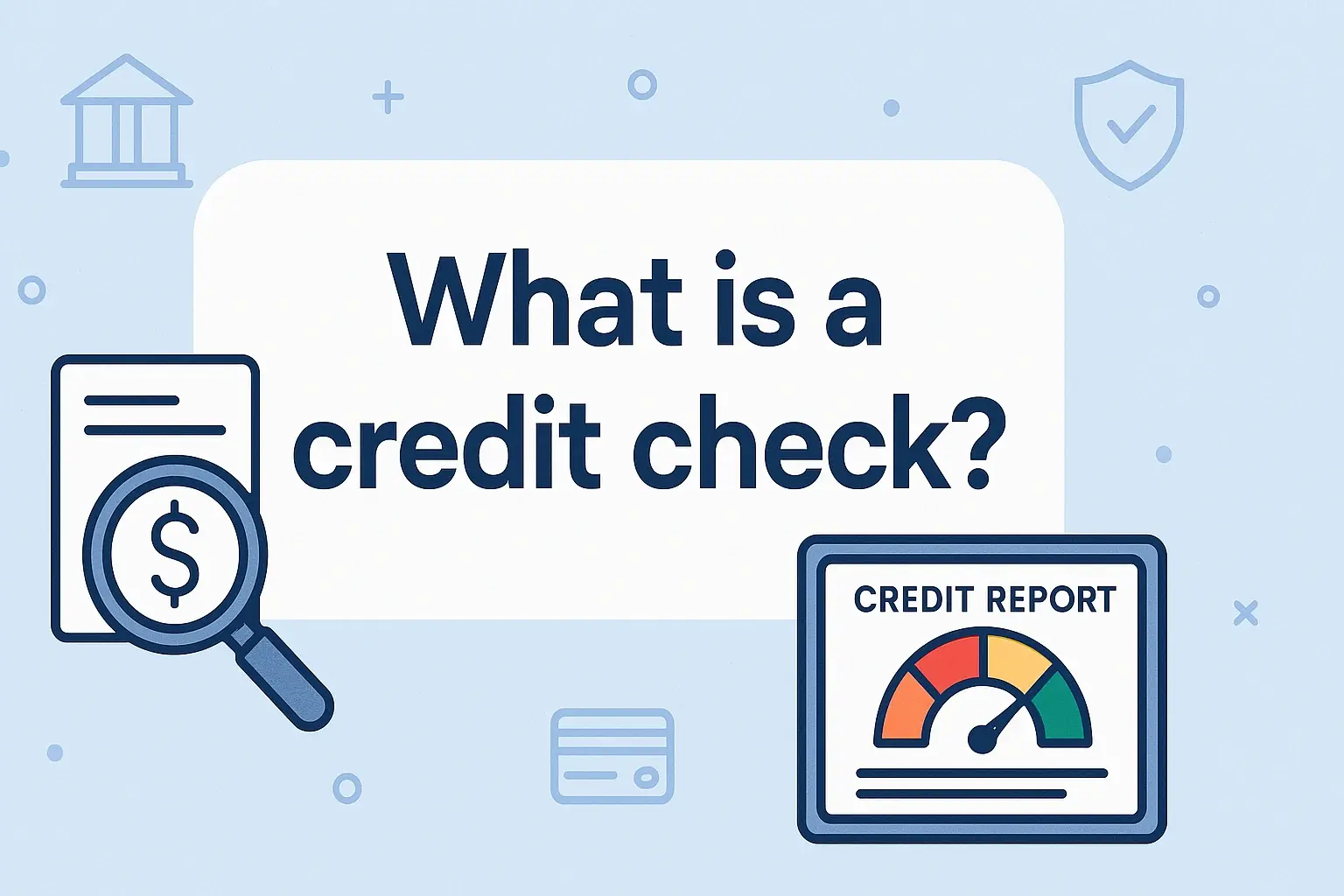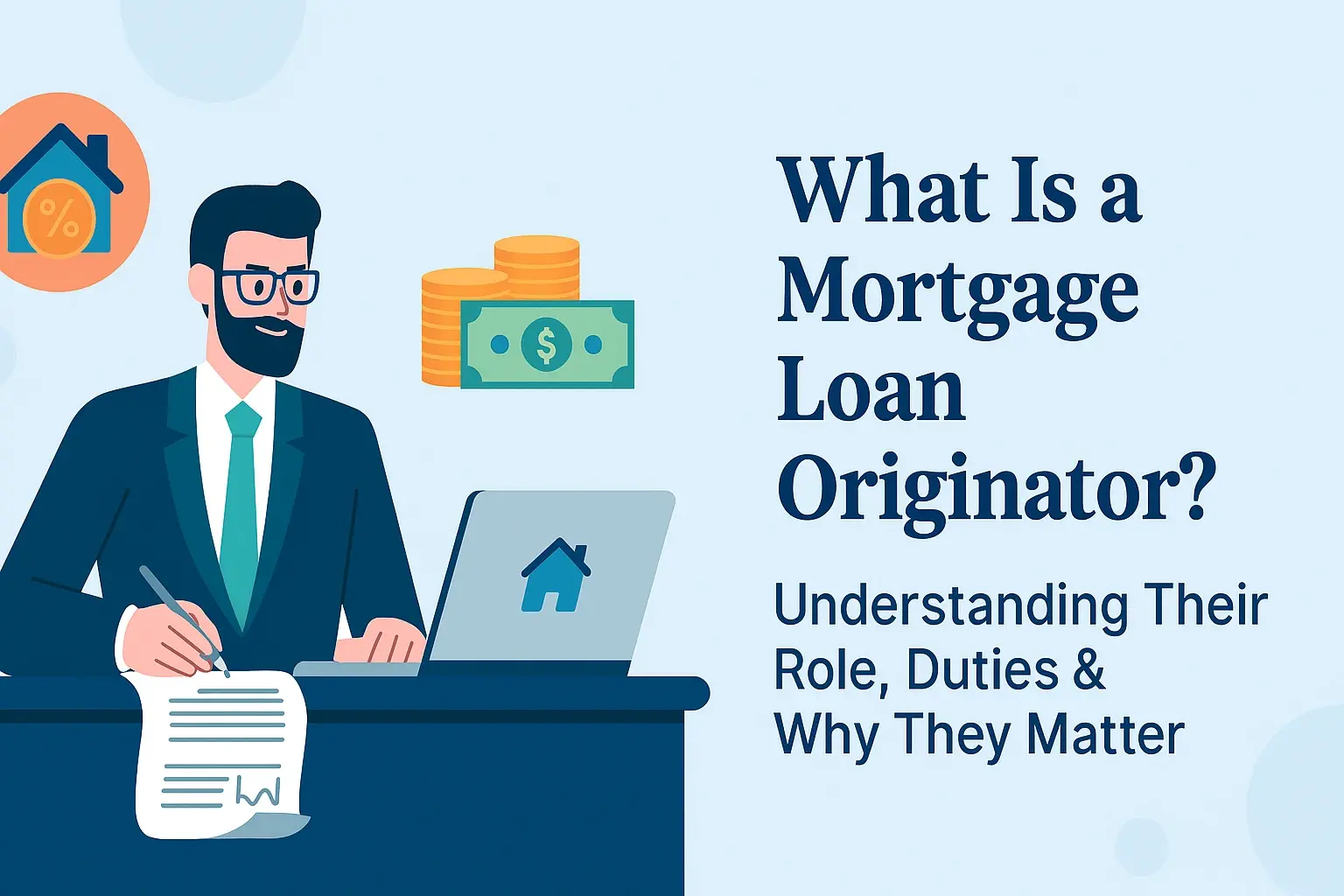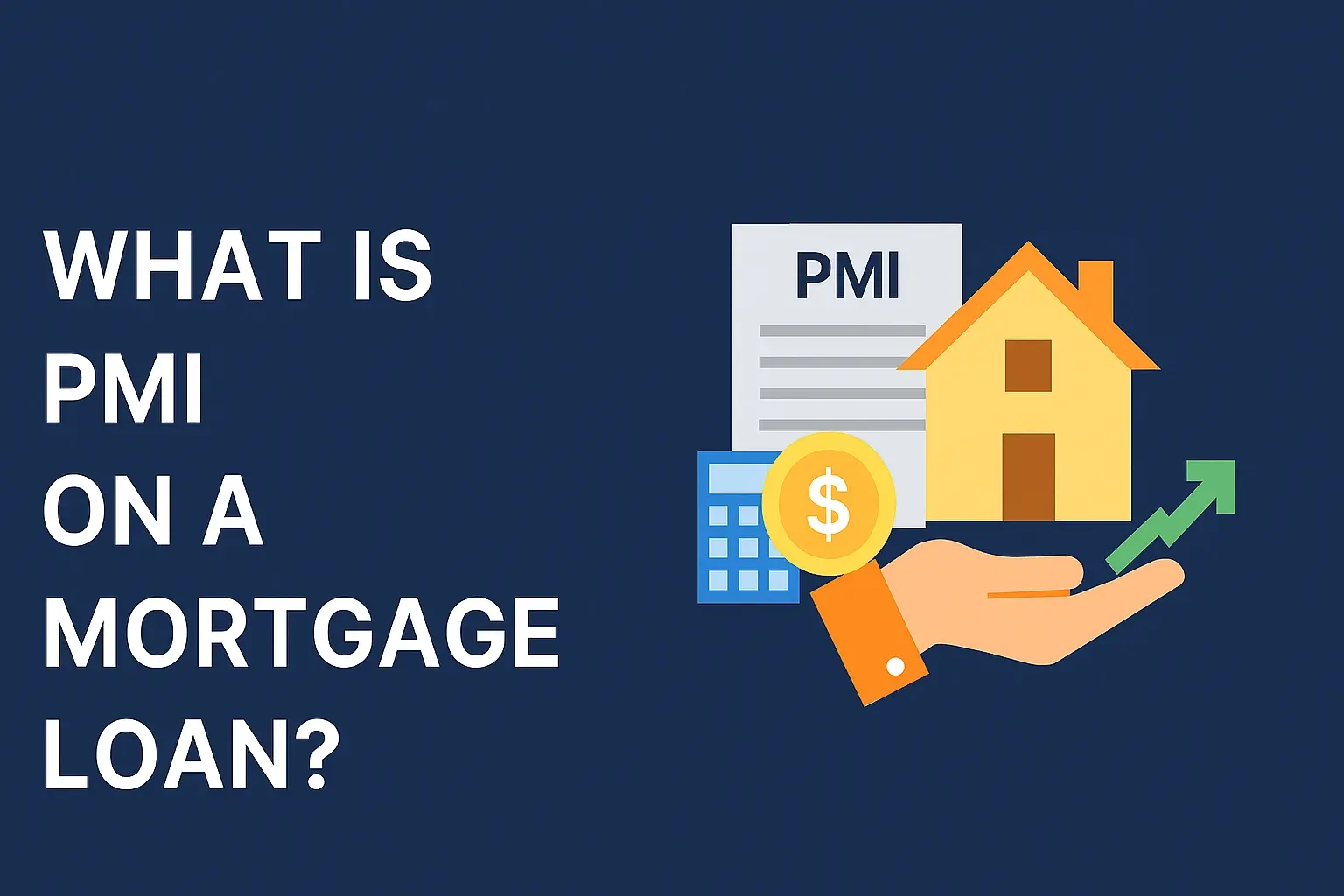-
Posted on: 26 Jul 2024

-
A negative credit history can significantly impact your ability to secure loans, rent an apartment, or even get a job. Late payments, defaults, and other negative marks can linger on your credit report for years, lowering your credit score and limiting your financial opportunities. One potential avenue for addressing these blemishes is sending a goodwill letter to creditors. But do goodwill letters actually work? This comprehensive guide explores the effectiveness of goodwill letters, how to write one that stands out, and alternative strategies for improving your credit score.
Understanding Goodwill Letters
A goodwill letter is a formal request sent to a creditor asking them to remove a negative mark from your credit report as an act of goodwill. It's not a legal demand or a dispute of the accuracy of the information. Instead, it relies on explaining the circumstances that led to the negative credit event and requesting leniency from the creditor.
What Exactly Does a Goodwill Letter Entail?
- Explanation of Circumstances: The letter outlines the reasons behind the late payment, missed payment, or other negative mark.
- Acceptance of Responsibility: It acknowledges the responsibility for the mistake, avoiding blame-shifting.
- Demonstration of Improved Behavior: It highlights positive payment history since the incident, showcasing improved financial management.
- Polite and Respectful Tone: The letter maintains a professional and courteous tone, appealing to the creditor's sense of understanding.
- Specific Request: It clearly states the request to remove the specific negative item from the credit report.
Do Goodwill Letters Actually Work?
The effectiveness of goodwill letters is highly variable. There's no guarantee a creditor will grant your request, and the outcome depends on several factors:
- The Creditor's Policies: Some creditors have strict policies against removing accurate negative information, regardless of the circumstances.
- The Severity of the Negative Mark: A single late payment is more likely to be removed than a charge-off or bankruptcy.
- Your Overall Credit History: A strong credit history with a single blemish is more likely to be forgiven than a history riddled with negative marks.
- The Quality of the Letter: A well-written, persuasive letter significantly increases your chances of success.
- The Customer Service Representative: Sometimes, the decision comes down to the specific representative who reviews your case.
While the success rate isn't guaranteed, goodwill letters can be worth trying, especially if the negative mark is an isolated incident and you have a strong overall credit history. It costs nothing but time and effort to draft and send the letter.
When is a Goodwill Letter Appropriate?
Goodwill letters are most effective in specific situations. Here are some scenarios where sending one might be beneficial:
- First-Time Offense: If the negative mark is a one-time occurrence, especially if it's a late payment and you've otherwise been a reliable customer.
- Extenuating Circumstances: If the late payment or other negative event was due to unforeseen circumstances like a job loss, medical emergency, or family crisis.
- Strong Payment History Before and After: If you have a consistent history of on-time payments both before and after the negative mark, demonstrating a temporary lapse.
- Small Amount Owed: If the amount owed was relatively small, the creditor might be more inclined to show leniency.
It's important to be realistic. Don't expect a goodwill letter to work if you have a history of late payments or if the negative mark is due to a serious issue like bankruptcy or default. In those cases, focus on other credit repair strategies.
How to Write an Effective Goodwill Letter
A well-crafted goodwill letter can significantly increase your chances of success. Here's a step-by-step guide to writing a compelling letter:
Step 1: Research and Gather Information
Before you start writing, gather all the necessary information. This includes:
- Creditor Information: Obtain the correct name and address of the creditor to whom you're writing.
- Account Number: Clearly state your account number in the letter.
- Date of the Negative Mark: Identify the specific date of the late payment or other negative event you're addressing.
- Credit Report Details: Have a copy of your credit report handy to ensure accuracy in your letter.
Step 2: Begin with a Polite and Professional Tone
Start your letter with a respectful greeting, addressing the creditor by name if possible. Express your appreciation for their services and acknowledge your past relationship.
Example: "Dear [Creditor Name] Customer Service Department,
I am writing to you today as a long-standing customer of [Creditor Name]. I have been a cardholder since [Date] and have always valued our relationship."
Step 3: Explain the Circumstances Clearly and Concisely
Clearly explain the circumstances that led to the negative mark on your credit report. Be honest and take responsibility for your actions, but also provide context without making excuses.
Example: "I understand that I made a late payment on [Date] for the amount of [Amount]. At the time, I was experiencing a period of unexpected unemployment due to [briefly explain reason, e.g., company downsizing]. This temporary financial hardship made it difficult to manage my bills, and I sincerely regret that this late payment occurred."
Step 4: Highlight Your Positive Payment History
Emphasize your positive payment history with the creditor, both before and after the negative mark. This demonstrates your commitment to responsible credit management.
Example: "Prior to this late payment, I had a consistent history of on-time payments with [Creditor Name] for [Number] years. Since then, I have diligently made all payments on time and have successfully regained my financial stability."
Step 5: Express Remorse and Accept Responsibility
Clearly express your remorse for the negative mark and reiterate your commitment to maintaining a good credit history in the future.
Example: "I understand the importance of maintaining a good credit score, and I deeply regret that this late payment has negatively impacted my credit report. I am committed to managing my finances responsibly and ensuring all future payments are made on time."
Step 6: Clearly State Your Request
Clearly and politely state your request to have the negative mark removed from your credit report as an act of goodwill.
Example: "I respectfully request that you consider removing the late payment from my credit report as an act of goodwill. I believe that my long-standing history of responsible credit use and the extenuating circumstances surrounding this isolated incident warrant your consideration."
Step 7: Thank the Creditor and Offer Contact Information
Thank the creditor for their time and consideration, and provide your contact information so they can reach you if needed.
Example: "Thank you for taking the time to review my request. I appreciate your consideration and understanding. You can reach me at [Phone Number] or [Email Address].
Sincerely,
[Your Name]
[Your Account Number]
"Step 8: Proofread and Send the Letter
Before sending your letter, carefully proofread it for any errors in grammar or spelling. Make sure the information is accurate and that the tone is professional and respectful. Consider sending the letter via certified mail with return receipt requested to ensure the creditor receives it.
Example Goodwill Letter Template
Here's a template you can adapt to your specific situation:
[Your Name] [Your Address] [Your Phone Number] [Your Email Address] [Date] [Creditor Name] [Creditor Address] Subject: Request to Remove Late Payment - Account Number: [Your Account Number] Dear [Creditor Name] Customer Service Department, I am writing to you today as a long-standing and valued customer of [Creditor Name]. I have been a cardholder since [Date] and have always appreciated the services you provide. My account number is [Your Account Number]. I am writing to respectfully request that you consider removing a late payment reported on [Date] from my credit report. I understand that I made a late payment on that date, and I take full responsibility for this oversight. At the time of the late payment, I was experiencing [Briefly explain the circumstances, e.g., unexpected medical expenses, temporary job loss]. While this was a challenging time, I have since regained my financial footing and have diligently made all payments on time. Prior to this isolated incident, I maintained a flawless payment history with [Creditor Name] for [Number] years. Since then, I have continued to demonstrate responsible credit behavior. I value my relationship with [Creditor Name] and am committed to maintaining a positive credit history. I understand that removing accurate information from a credit report is not standard practice, but I am hoping that you will consider my long-standing history as a responsible customer and the unique circumstances that led to the late payment. Thank you for your time and consideration. I appreciate your willingness to review my request. You can reach me at [Phone Number] or [Email Address] if you require any further information. Sincerely, [Your Name]
Alternative Strategies for Improving Your Credit Score
While goodwill letters can be helpful, they are not a guaranteed solution. Here are other strategies you can use to improve your credit score:
- Dispute Inaccurate Information: Review your credit reports regularly and dispute any inaccurate or outdated information with the credit bureaus (Equifax, Experian, and TransUnion).
- Pay Bills on Time: Payment history is the most significant factor in your credit score. Set up automatic payments to ensure you never miss a deadline.
- Keep Credit Utilization Low: Credit utilization is the amount of credit you're using compared to your total available credit. Aim to keep it below 30%.
- Become an Authorized User: Ask a friend or family member with good credit to add you as an authorized user on their credit card.
- Consider a Secured Credit Card: A secured credit card requires a cash deposit as collateral and can help you build credit if you use it responsibly.
- Credit Counseling: If you're struggling with debt, consider seeking guidance from a reputable credit counseling agency.
What To Do If Your Goodwill Letter Is Denied
If your goodwill letter is denied, don't be discouraged. Consider the following steps:
- Analyze the Reason for Denial: The creditor might provide a reason for the denial. Understanding this reason can help you tailor your approach.
- Try Again with a Different Approach: Wait a few months and try sending another goodwill letter, perhaps highlighting different aspects of your situation or offering additional information. You might get a different representative reviewing it the second time.
- Focus on Other Credit Repair Strategies: If goodwill letters consistently fail, concentrate on the alternative credit repair strategies mentioned above.
- Consult with a Credit Repair Specialist: A credit repair specialist can provide personalized guidance and assist you with disputing errors and negotiating with creditors.










